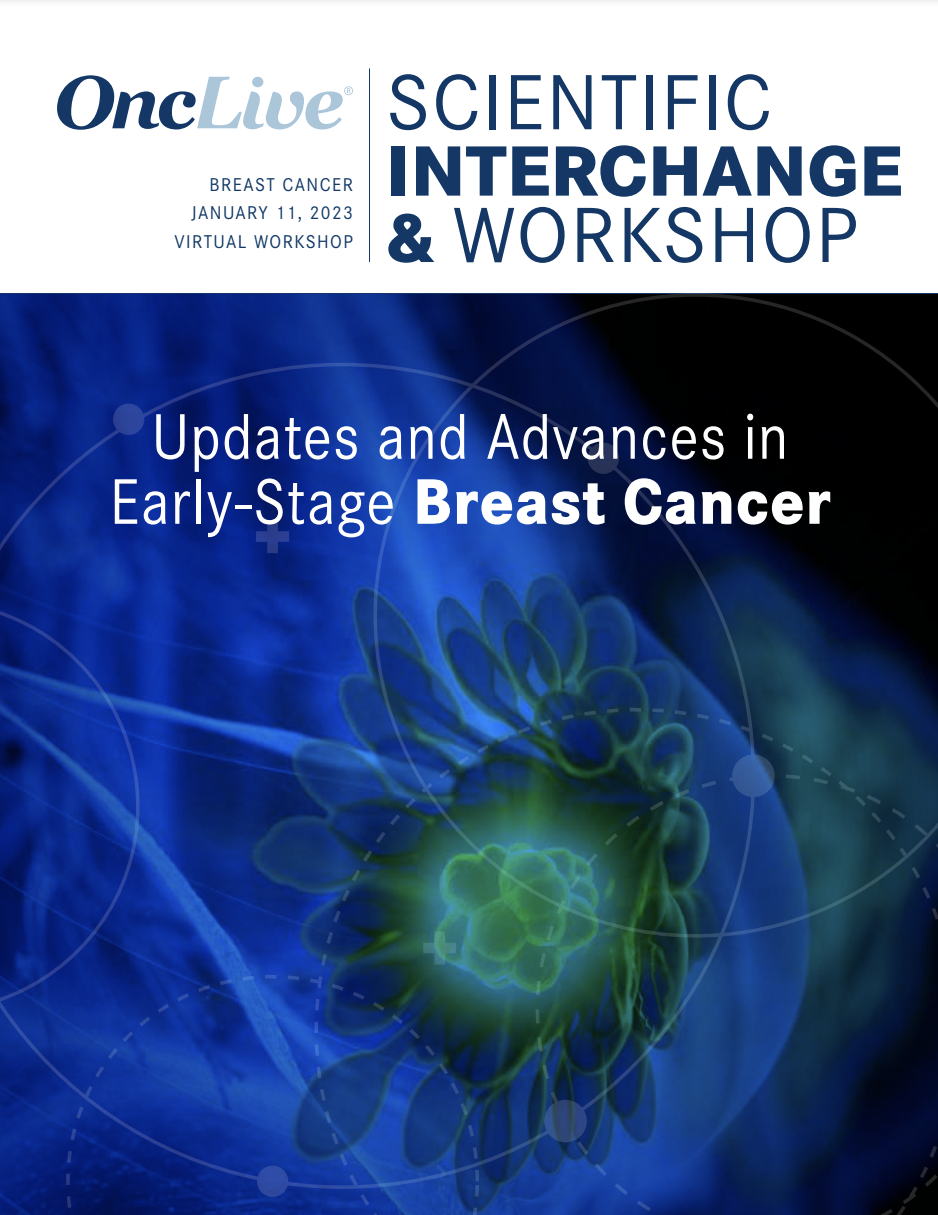Video
Dr. Rugo on Rationale for the ELAINE Study in ESR1-Mutated ER+/HER2- Breast Cancer
Author(s):
Hope S. Rugo, MD, discusses the rationale for the phase II ELAINE study with lasofoxifene in patients with ESR1-mutated, estrogen receptor–positive, HER2-negative metastatic breast cancer.
Hope S. Rugo, MD, a professor in the Department of Medicine, Hematology/Oncology, and director, Breast Oncology and Clinical Trials Education at University of California, San Francisco, discusses the rationale for the phase II ELAINE study with lasofoxifene (Fablyn) in patients with ESR1-mutated, estrogen receptor (ER)—positive, HER2-negative metastatic breast cancer.
Lasofoxifene was granted a fast track designation by the FDA in May 2019 for use in the treatment of female patients with ER—positive, HER2-negative metastatic breast cancer whose tumors harbor ESR1 mutations. The drug falls into a similar class as tamoxifen (Soltamox) as an ER modulator, whereas fulvestrant (Faslodex) is a selective ER downregulator, explains Rugo.
Laboratory data found that lasofoxifene is effective in patients with breast cancer whose tumors harbor ESR1 mutations, says Rugo. These data led to the creation of the phase II ELAINE trial, which will compare lasofoxifene versus fulvestrant in postmenopausal patients with locally advanced or metastatic ER-positive, HER2-negative breast cancer with an acquired ESR1 mutation and who have disease progression on an aromatase inhibitor in combination with a CDK4/6 inhibitor, Rugo concludes.









